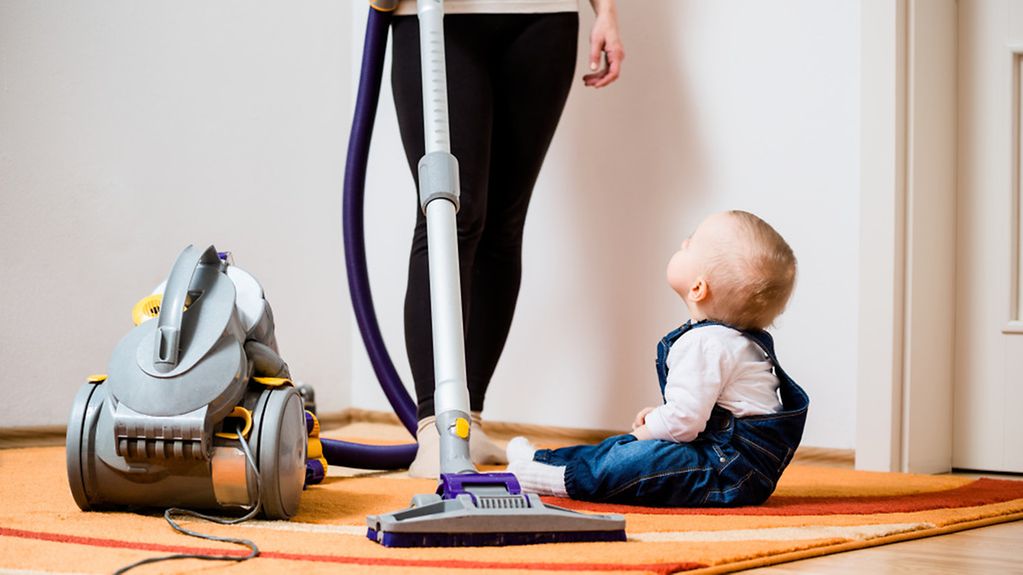Consumer information
Avoiding electrical waste and promoting the manufacture of and demand for sustainable electrical products are key goals for the Federal Government. To this end, transparency for consumers is to be improved. Whether a lifespan label for electrical products can help achieve this aim was tested in an empirical study. The findings show that a lifespan label would lead to 3 out of 100 consumers opting for a more expensive product with a longer lifespan. When the lifespan was combined with information on the total cost, 5 out of 100 consumers chose a product with a longer lifespan.
2 min reading time

Sustainable consumption
Photo: Getty Images/iStock/Martinan
Two million tonnes of new electrical appliances each year in Germany
Consumers in Germany buy just under two million tonnes of new electrical products each year, which become electrical waste at the end of their lifespan. Avoiding electrical waste and promoting the manufacture of and demand for sustainable electrical products are key goals for the Federal Government. For example, the Electrical and Electronic Equipment Act amended at the end of 2015, governs the sale, return and environmentally sound disposal of these appliances.
Creating transparency regarding the lifespan and total costs of electrical products
When consumers are asked they generally say that they would like to buy more sustainable goods but that there is no transparency concerning the sustainability of products. In order to test the effectiveness of a lifespan label, a study involving a representative sample of more than 10,000 consumers was used to investigate online purchasing decisions in four categories of products: washing machines, vacuum cleaners, television sets and kettles.
The following regulatory alternatives were tested:
- Voluntary or mandatory labelling of the appliance with a lifespan label
- Mandatory labelling with a lifespan label and total costs per year
- Mandatory labelling with a warranty.
The lifespan label was developed on the basis of insights gained from behavioural science, with the information on the estimated lifespan being presented clearly and in an easy-to-understand manner. An alternative label was also designed. It created greater transparency for the consumer with regard to the relationship between price and lifespan by providing additional information about the average total cost per year.
The tested lifespan labels were only able to prevail over price to a limited extent
Within any given price segment, consumers opted for products with a longer lifespan significantly more often in all appliance groups if they had information on lifespan. As a rule, however, they were reluctant to pay a higher price for a longer lifespan: in all product groups, only 3 out of 100 consumers bought an electrical appliance with a longer lifespan if this meant spending more money. They were most likely to do so in the case of kettles; here 7 out of 100 opted for an appliance from a higher price category.
A combination of lifespan labelling and information on the average annual total costs which take into account the purchasing and operating costs over the lifespan proved to have the greatest effect in the study. In such a case, 5 out of 100 consumers bought an electrical appliance in a higher price segment. Within the product groups, the effect was again greatest in the case of kettles: 11 out of 100 consumers chose a more expensive device.
Cooperation partner: Federal Environment Agency
on behalf of the Federal Ministry for the Environment, Nature Conservation and Nuclear Safety (BMU)